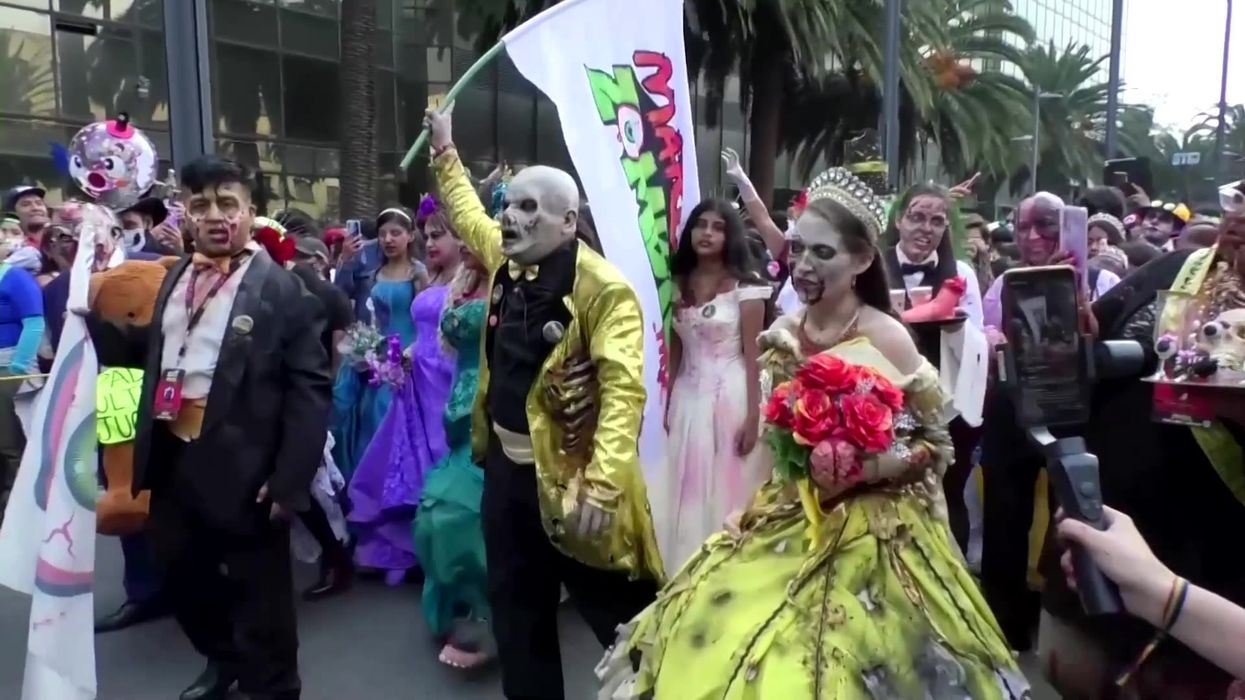An expert has explained how, in incredibly rare circumstances, people can come back to life after death.
The first mention is said to date back to 17th-century Haiti, with the living dead being described as a monster. The concept has since been popularised in modern TV and film, such as in The Walking Dead series.
Explaining to the Metro exactly how it can happen, Stephen Hughes, senior lecturer in medicine at Anglia Ruskin University, told the publication that there are some instances of people being incorrectly declared dead.
"An absence of heart and breath sounds over a period of time, the presence of fixed, dilated pupils, and a failure to respond to any stimulus should mean that the person is deceased. All doctors are taught how to do this and all are aware of their duties," he said.
"Unfortunately, there have been instances where death has been confirmed by this process, yet the patient has shown signs of life afterwards."
Sign up for our free Indy100 weekly newsletter
Failure to carry out the "confirmation-of-death procedure" properly could result in some major mistakes.
He added: "A cursory examination while distracted could easily lead to a failure to hear heart sounds and spot shallow, infrequent breaths. It pays to be thorough."
Meanwhile, last year, scientists set out to explore whether brain death – when a person cannot breathe on their own without life support – "is truly irreversible." Their significant breakthrough saw them bring a human eye "back to life" eye "back to life".
Lead author Dr Fatima Abbas of the Moran Eye Centre at the University of Utah said: “We were able to wake up photoreceptor cells in the human macula, which is the part of the retina responsible for our central vision and our ability to see fine detail and colour.
“In eyes obtained up to five hours after an organ donor’s death, these cells responded to bright light, coloured lights and even very dim flashes of light.”
Have your say in our news democracy. Click the upvote icon at the top of the page to help raise this article through the indy100 rankings.














